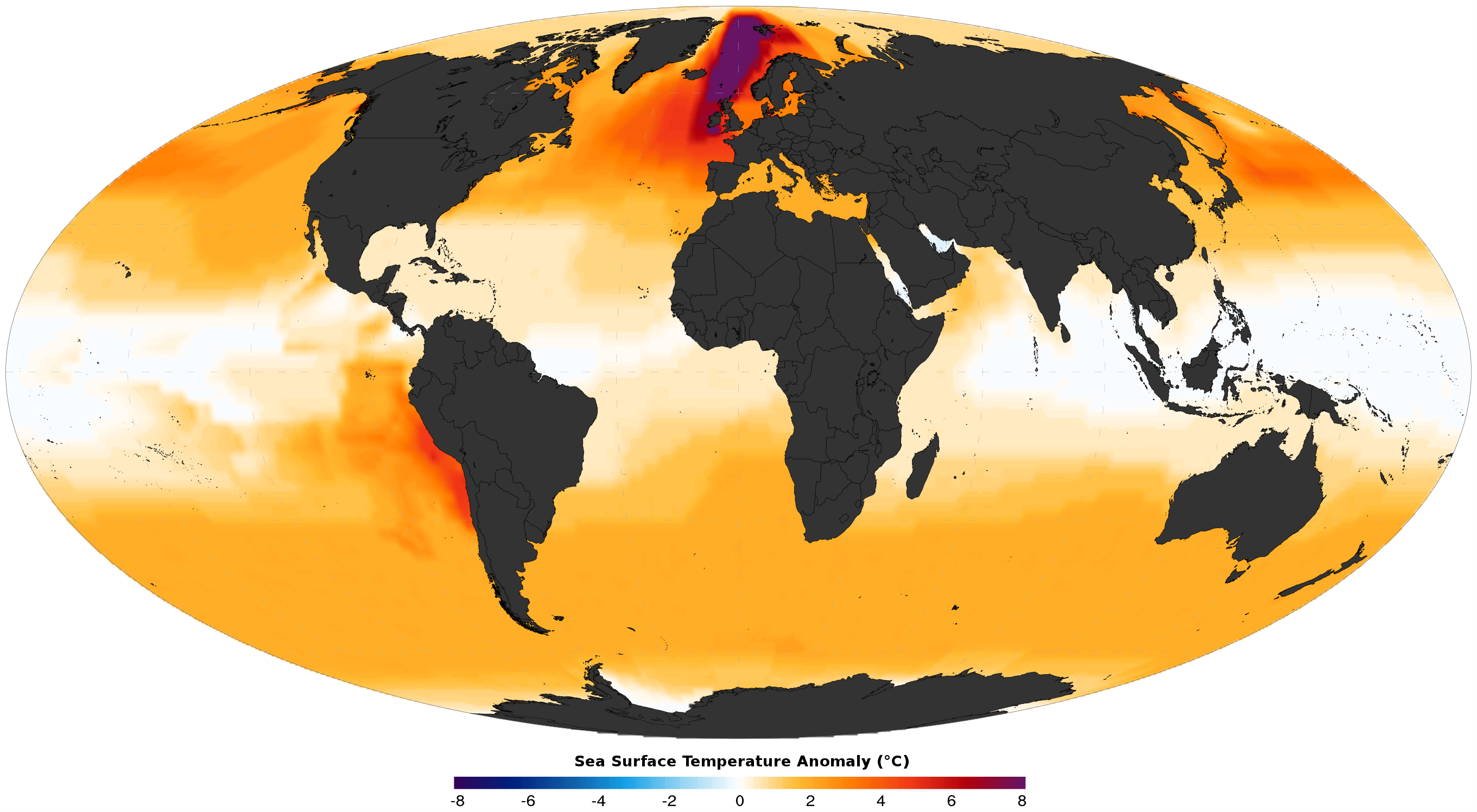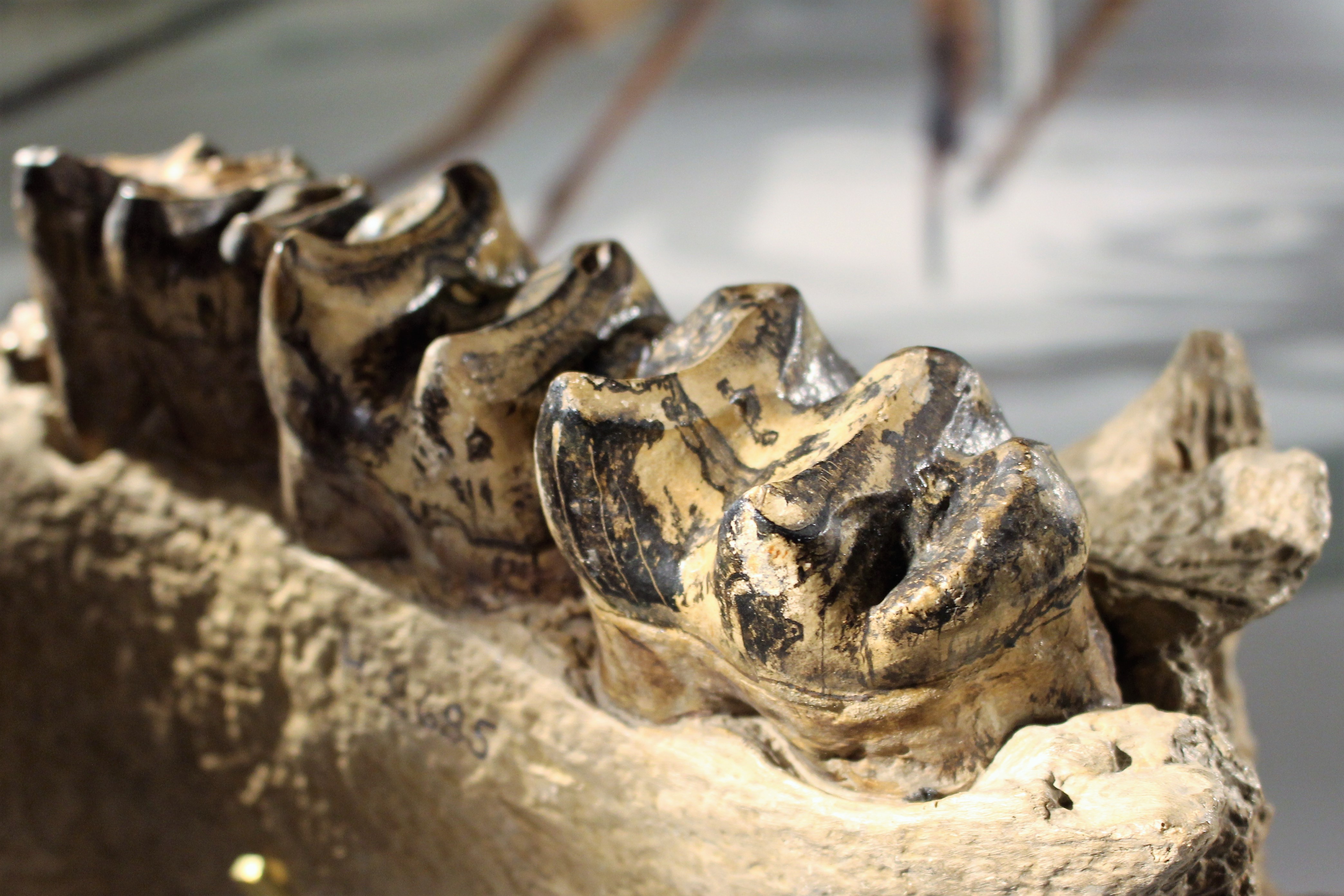|
Primelephas Korotorensis
''Primelephas'' is a genus of Elephantinae that existed during the Miocene and Pliocene epochs. The name of the genus suggests 'first elephant'. These primitive elephantids are thought to be the common ancestor of ''Mammuthus'', the mammoths, and the closely allied genera ''Elephas'' and '' Loxodonta'', the Asian and African elephants, diverging some 4-6 million years ago. It had four tusks, which is a trait not shared with its descendants, but common in earlier proboscideans. The type species, ''Primelephas gomphotheroides'', was described by Vincent Maglio in 1970, with the specific epithet indicating the fossil specimens were gomphothere Gomphotheres are an extinct group of proboscideans related to modern elephants. First appearing in Africa during the Oligocene, they dispersed into Eurasia and North America during the Miocene and arrived in South America during the Pleistocene a ...-like. ''Primelephas korotorensis'' is the only other species to be assigned to the gen ... [...More Info...] [...Related Items...] OR: [Wikipedia] [Google] [Baidu] |
Miocene
The Miocene ( ) is the first epoch (geology), geological epoch of the Neogene Period and extends from about (Ma). The Miocene was named by Scottish geologist Charles Lyell; the name comes from the Greek words (', "less") and (', "new") and means "less recent" because it has 18% fewer modern marine invertebrates than the Pliocene has. The Miocene followed the Oligocene and preceded the Pliocene. As Earth went from the Oligocene through the Miocene and into the Pliocene, the climate slowly cooled towards a series of ice ages. The Miocene boundaries are not marked by distinct global events but by regionally defined transitions from the warmer Oligocene to the cooler Pliocene Epoch. During the Early Miocene, Afro-Arabia collided with Eurasia, severing the connection between the Mediterranean and Indian Oceans, and allowing the interchange of fauna between Eurasia and Africa, including the dispersal of proboscideans and Ape, hominoids into Eurasia. During the late Miocene, the conn ... [...More Info...] [...Related Items...] OR: [Wikipedia] [Google] [Baidu] |
Elephantidae
Elephantidae is a family (biology), family of large, herbivorous proboscidean mammals which includes the living Elephant, elephants (belonging to the genera ''Elephas'' and ''Loxodonta''), as well as a number of extinct genera like ''Mammuthus'' (mammoths) and ''Palaeoloxodon''. They are large terrestrial animal, terrestrial mammals with a snout modified into a Elephant#Trunk, trunk and teeth modified into tusks. Most Genus, genera and species in the family are extinction, extinct. The family was first described by John Edward Gray in 1821, and later assigned to taxonomic ranks within the order Proboscidea. Elephantidae has been revised by various authors to include or exclude other extinct proboscidean genera. Description Elephantids are distinguished from more basal proboscideans like gomphotheres by their teeth, which have parallel lophs, formed from the merger of the cusps found in the teeth of more basal proboscideans, which are bound by cementum. In later elephantids, t ... [...More Info...] [...Related Items...] OR: [Wikipedia] [Google] [Baidu] |
Fossil Taxa Described In 1970
A fossil (from Classical Latin , ) is any preserved remains, impression, or trace of any once-living thing from a past geological age. Examples include bones, shells, exoskeletons, stone imprints of animals or microbes, objects preserved in amber, hair, petrified wood and DNA remnants. The totality of fossils is known as the ''fossil record''. Though the fossil record is incomplete, numerous studies have demonstrated that there is enough information available to give a good understanding of the pattern of diversification of life on Earth. In addition, the record can predict and fill gaps such as the discovery of ''Tiktaalik'' in the arctic of Canada. Paleontology includes the study of fossils: their age, method of formation, and evolutionary significance. Specimens are sometimes considered to be fossils if they are over 10,000 years old. The oldest fossils are around 3.48 billion years to 4.1 billion years old. Early edition, published online before print. The ob ... [...More Info...] [...Related Items...] OR: [Wikipedia] [Google] [Baidu] |
Neogene Mammals Of Africa
The Neogene ( ,) is a geologic period and system that spans 20.45 million years from the end of the Paleogene Period million years ago ( Mya) to the beginning of the present Quaternary Period million years ago. It is the second period of the Cenozoic and the eleventh period of the Phanerozoic. The Neogene is sub-divided into two epochs, the earlier Miocene and the later Pliocene. Some geologists assert that the Neogene cannot be clearly delineated from the modern geological period, the Quaternary. The term "Neogene" was coined in 1853 by the Austrian palaeontologist Moritz Hörnes (1815–1868). The earlier term Tertiary Period was used to define the span of time now covered by Paleogene and Neogene and, despite no longer being recognized as a formal stratigraphic term, "Tertiary" still sometimes remains in informal use. During this period, mammals and birds continued to evolve into modern forms, while other groups of life remained relatively unchanged. The first humans (''H ... [...More Info...] [...Related Items...] OR: [Wikipedia] [Google] [Baidu] |
Prehistoric Placental Genera
Prehistory, also called pre-literary history, is the period of human history between the first known use of stone tools by hominins million years ago and the beginning of recorded history with the invention of writing systems. The use of symbols, marks, and images appears very early among humans, but the earliest known writing systems appeared years ago. It took thousands of years for writing systems to be widely adopted, with writing having spread to almost all cultures by the 19th century. The end of prehistory therefore came at different times in different places, and the term is less often used in discussing societies where prehistory ended relatively recently. It is based on an old conception of history that without written records there could be no history. The most common conception today is that history is based on evidence, however the concept of prehistory hasn't been completely discarded. In the early Bronze Age, Sumer in Mesopotamia, the Indus Valley Civilis ... [...More Info...] [...Related Items...] OR: [Wikipedia] [Google] [Baidu] |
Miocene Proboscideans
The Miocene ( ) is the first geological epoch of the Neogene Period and extends from about (Ma). The Miocene was named by Scottish geologist Charles Lyell; the name comes from the Greek words (', "less") and (', "new") and means "less recent" because it has 18% fewer modern marine invertebrates than the Pliocene has. The Miocene followed the Oligocene and preceded the Pliocene. As Earth went from the Oligocene through the Miocene and into the Pliocene, the climate slowly cooled towards a series of ice ages. The Miocene boundaries are not marked by distinct global events but by regionally defined transitions from the warmer Oligocene to the cooler Pliocene Epoch. During the Early Miocene, Afro-Arabia collided with Eurasia, severing the connection between the Mediterranean and Indian Oceans, and allowing the interchange of fauna between Eurasia and Africa, including the dispersal of proboscideans and hominoids into Eurasia. During the late Miocene, the connections between t ... [...More Info...] [...Related Items...] OR: [Wikipedia] [Google] [Baidu] |
Pliocene Proboscideans
The Pliocene ( ; also Pleiocene) is the epoch in the geologic time scale that extends from 5.33 to 2.58See the 2014 version of the ICS geologic time scale million years ago (Ma). It is the second and most recent epoch of the Period in the . The Pliocene follows the Epoch and is followed by the |
Gomphothere
Gomphotheres are an extinct group of proboscideans related to modern elephants. First appearing in Africa during the Oligocene, they dispersed into Eurasia and North America during the Miocene and arrived in South America during the Pleistocene as part of the Great American Interchange. Gomphotheres are a paraphyletic group ancestral to Elephantidae, which contains modern elephants, as well as Stegodontidae. While most famous forms such as '' Gomphotherium'' had long lower jaws with tusks, the ancestral condition for the group, some later members developed shortened (brevirostrine) lower jaws with either vestigial or no lower tusks and outlasted the long-jawed gomphotheres. This change made them look very similar to modern elephants, an example of parallel evolution. During the Pliocene and Early Pleistocene, the diversity of gomphotheres declined, ultimately becoming extinct outside of the Americas. The last two genera, '' Cuvieronius'' ranging southern North America to weste ... [...More Info...] [...Related Items...] OR: [Wikipedia] [Google] [Baidu] |
Pliocene
The Pliocene ( ; also Pleiocene) is the epoch (geology), epoch in the geologic time scale that extends from 5.33 to 2.58See the 2014 version of the ICS geologic time scale million years ago (Ma). It is the second and most recent epoch of the Neogene Period in the Cenozoic, Cenozoic Era. The Pliocene follows the Miocene Epoch and is followed by the Pleistocene Epoch. Prior to the 2009 revision of the geologic time scale, which placed the four most recent major glaciations entirely within the Pleistocene, the Pliocene also included the Gelasian Stage, which lasted from 2.59 to 1.81 Ma, and is now included in the Pleistocene. As with other older geologic periods, the Stratum, geological strata that define the start and end are well-identified but the exact dates of the start a ... [...More Info...] [...Related Items...] OR: [Wikipedia] [Google] [Baidu] |
Deinotheriidae
Deinotheriidae ("terrible beasts") is a family of prehistoric elephant-like proboscideans that lived during the Cenozoic era, first appearing in Africa during the Oligocene then spreading across Europe and the lower latitudes of Asia during the Miocene epoch. Their most distinctive features were their lack of upper tusks and downward-curving tusks on the lower jaw. Deinotheres were not very diverse; the only three known genera are '' Chilgatherium'', ''Prodeinotherium'', and ''Deinotherium''. These form an evolutionary succession, with each new genus replacing the preceding one. Deinotheres were relatively conservative and showed little morphological change over their evolution, aside from a progressive increase in body size. Some species of ''Deinotherium'' are among the largest known land mammals ever, considerably exceeding modern elephants in size. The last members of ''Deinotherium'' persisted until the end of the Early Pleistocene in Africa, around 1 million years ago. De ... [...More Info...] [...Related Items...] OR: [Wikipedia] [Google] [Baidu] |






